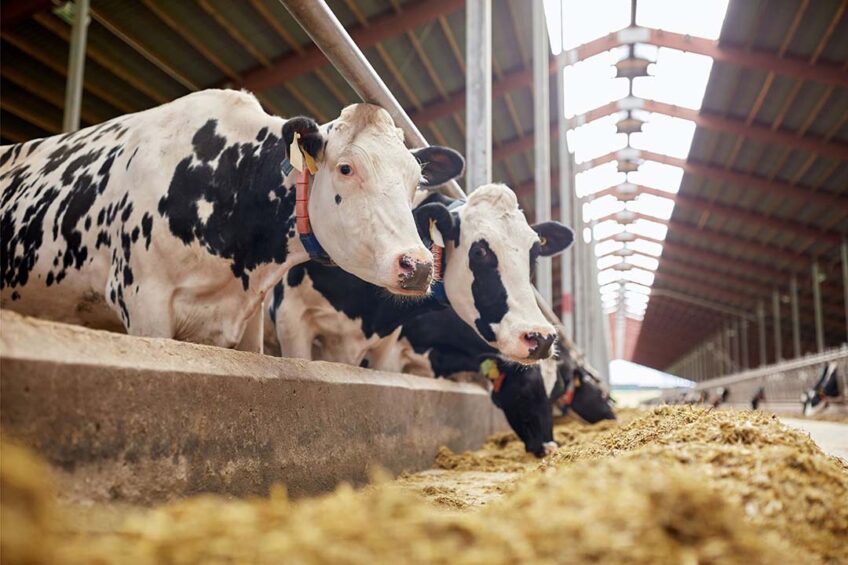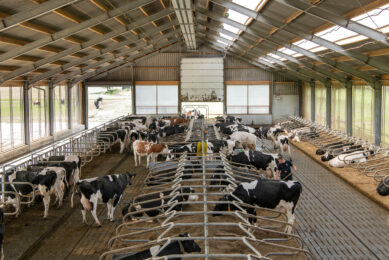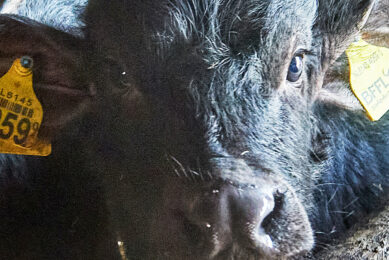First case of dairy cows hit by bird flu in the US

Avian influenza, also known as bird flu, has been identified in dairy cattle in Texas, Kansas and New Mexico, officials in the US have confirmed. This is the first time that cows have tested positive for bird flu.
In Texas, Kansas and New Mexico, investigations are ongoing and are being carried out by the US Department of Agriculture (USDA), Food and Drug Administration (FDA), Centers for Disease Control and Prevention (CDC), as well as state veterinary and public health officials.
A report by the USDA has stated that the investigations are primarily among older dairy cows who show signs of illness, noticeably decreased lactation, low appetite, and other symptoms. The Texas Animal Health Commission has confirmed that the influenza subtype is known as H5N1. No cow deaths have been reported, however, this latest report follows recent news that the virus had been detected in a goat in the state of Minnesota.
Testing
Testing has taken place since Monday 25 March on unpasteurized, clinical samples of milk from sick cattle collected from 2 dairy farms in Kansas and another in Texas – these samples have tested positive for highly pathogenic avian influenza (HPAI).
Based on the findings from Texas, wild birds are thought to be the cause of bird flu in the cattle. Wild birds spread the virus through their faeces and oral secretions, and with birds migrating during the spring and summer months, there are often increased farm cases reported.
Food safety
Initial testing by the National Veterinary Services Laboratories has not found changes to the virus that would make it more transmissible to humans, which would indicate that the current risk to the public remains low.
The dairy sector is required to send only milk from healthy animals into processing for consumption – milk from impacted animals is being diverted or destroyed so that it does not enter the food supply. In addition, pasteurization of milk makes it safe for consumption – experts have highlighted that there are no issues with the milk supply and there is currently no concern when it comes to consumer health.
Europe
Thijs Kuiken, bird flu expert and professor at Rotterdam Erasmus MC in the Netherlands, told news outlet nrc: “It’s a mystery; why haven’t we seen this anywhere in Europe, despite massive outbreaks in wild and domestic birds? This raises the question of whether cases have been missed here.”
In reference to the Netherlands, Kuiken adds, “First of all, we should test randomly whether cows have antibodies against this bird flu virus in their blood. We should also investigate suspected cases of illness among cows in recent years, but also, for example, sudden drops in milk production. And just pay close attention.”
Bird flu
Since 2020, HPAI H5N1 has been circulating among wild birds, which has regularly caused outbreaks and fatalities in poultry farms and spread throughout almost the entire world, causing animal deaths and economic damage. In the Netherlands, more than 6.6 million birds have been culled since 2020.
In addition to millions of birds, large numbers of mammals also died worldwide. In South America, around 32,000 sea lions died from the virus in 2023. Foxes, mustelids, seals and grizzly bears have also become infected. This is the first time that ruminants have been identified with avian influenza, according to nrc.
In the US, the milk loss seen due to symptomatic cattle to date is too limited to have a major impact on supply and there should be no impact on the price of milk or other dairy products, the USDA further added.
Join 13,000+ subscribers
Subscribe to our newsletter to stay updated about all the need-to-know content in the dairy sector, two times a week.










